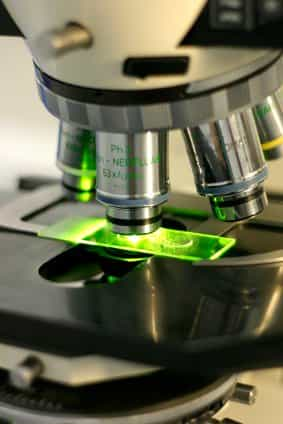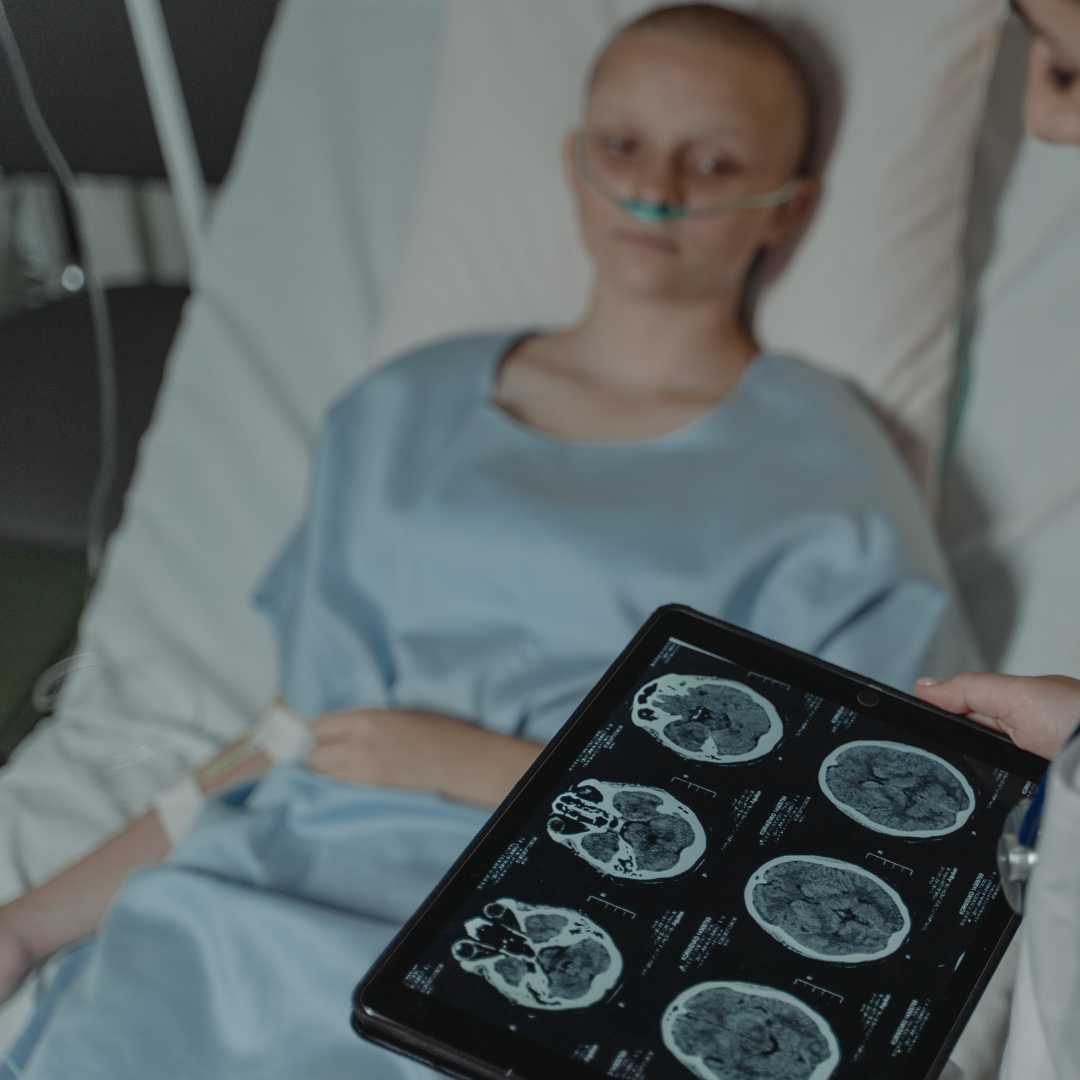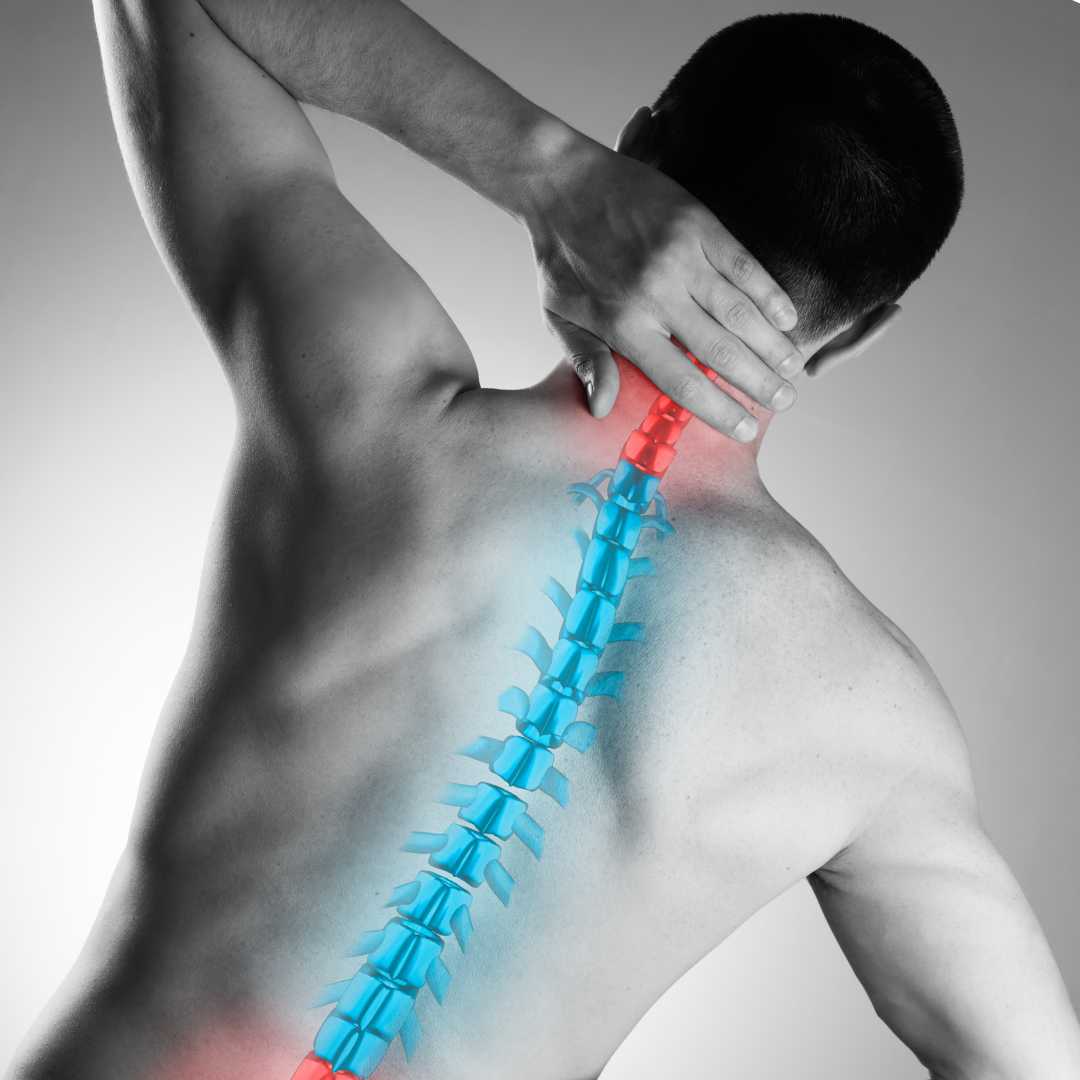
Stem Cell Research Making Strides in Spinal Cord Injury
Stem cell research and technology is making good strides in developing treatments for individuals with spinal cord injuries. Several milestones have recently been met in the utilization of adult stem cells to treat spinal cord injuries. Research has determined that embryonic stem cells are very effective when it comes to regenerating neural cells, mainly used in regenerative treatments and therapies.
Developments in Stem Cell Research
Strides in technology have enabled scientists to grow embryonic stem cells
In China, great strides have been made in the treatment of spina bifida, condition caused by congenital or birth defects. One young patient benefited from intravenous (IV) stem cell injections using umbilical cord blood derived stem cells. The boy showed moderate improvement after his first four IV injections in balance, walking, standing up and movement.
Stem cell technologies and advancements in China have introduced new options in regard to treatments for spinal cord injury. Treatments are designed to surge beyond mere treatment of symptoms resulting from spinal cord injury, but in the promotion of growth and secretions of cytokines, which stimulate growth factors and the body’s own ability to self-repair injury. CT-guided intraspinal stem cell transplantation is available in China today, enabling neurosurgeons to specifically target injections nearby damaged spinal cord tissues, avoiding the need to open surgery of the spine and reducing risk, healing time and pain. This technique has been used for cervical, thoracic and lumbar spine injuries and damage, increasing blood circulation, decreasing muscle tension, improved strength of sphincter and limb muscles as well as improved motor function of the limbs and reduced muscular atrophy.
In Mexico, treatments using placenta and umbilical stem cell implants have shown positive results following such treatments, while in Ukraine, cellular therapeutic approaches toward spine care and rejuvenation shows great strides in furthering alternative treatments and therapies for spinal cord injuries and aftercare.
The Potential of Stem Cells
Adult mesenchymal stem cells are also under study, and scientists believe such cells play a vital role in the repair and treatment of spinal cord injuries. Adult human mesenchymal stem cells, known as MSCs, are found in bone marrow for their potential and effectiveness of such stem cell treatments in regenerating neurological damage, especially in spinal cord injuries and disease processes. Adult mesenchymal stem cell therapies have shown positive results, not only in the recovery of spinal cord injury, but also in recovery time.
Stem cell treatments and therapies around the world are also making great strides in the research and treatment of spinal cord injuries. Stem cell research facilities and providers in Latin America, Asia, and Central Europe have been utilizing such treatments for years.
For more information about stem cell research abroad, facilities that provide stem cell therapies and the qualifications of those offering stem cell treatments, visit PlacidWay.com, an international medical resource and provider based in Colorado.












